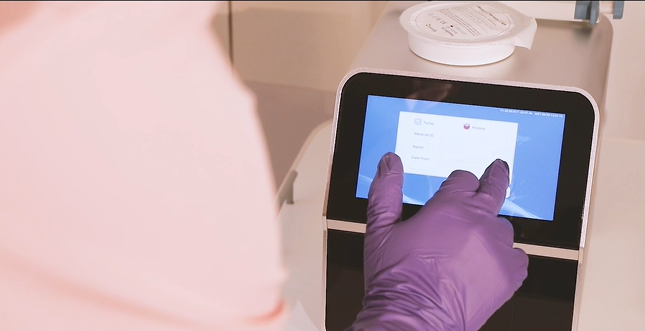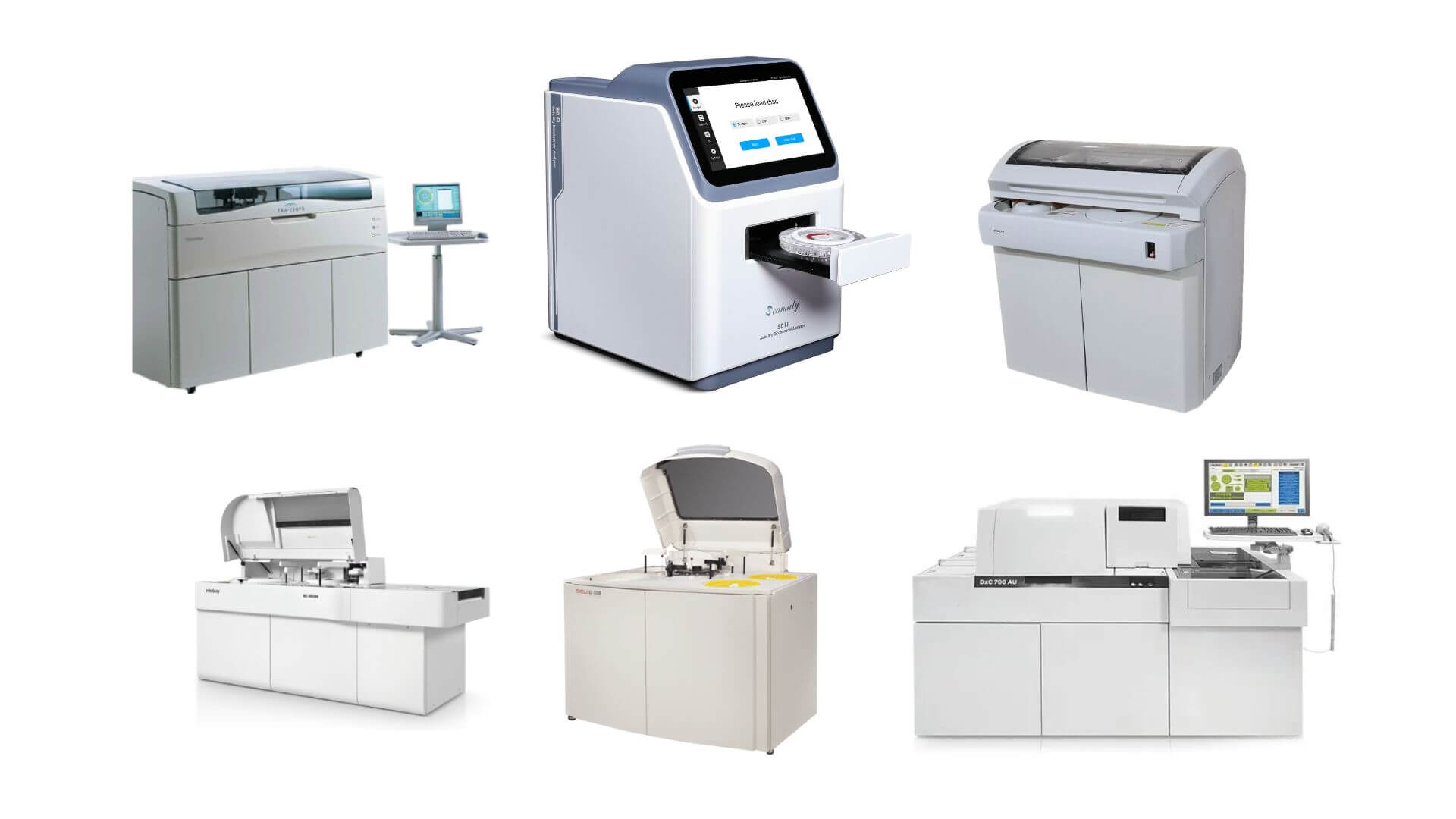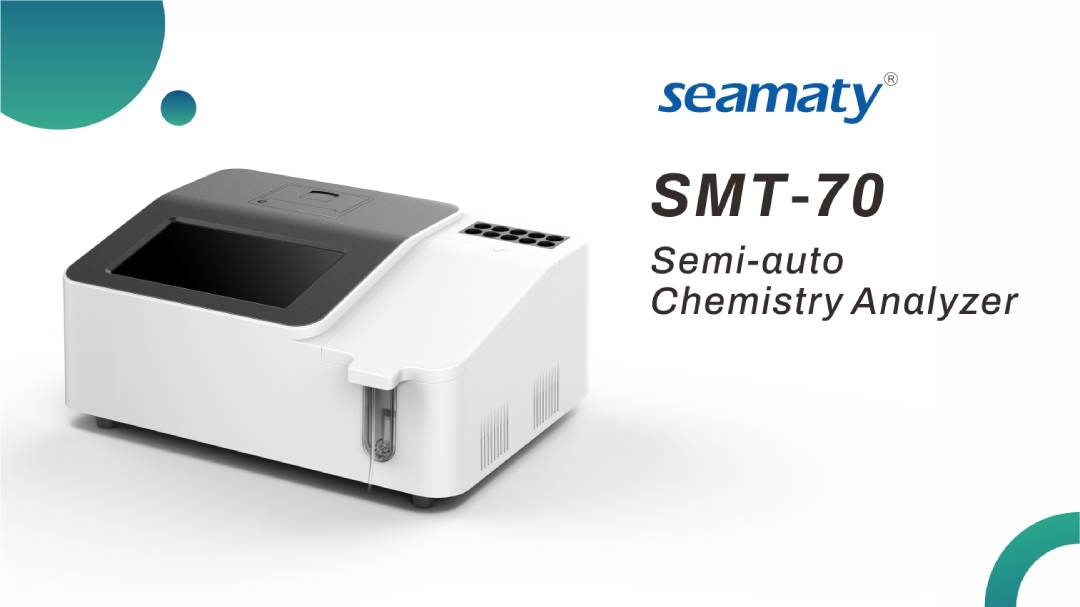release time:2021-09-07 11:53:07
Semi auto analyser means that some of the operations in the analysis process (such as adding samples, holding, inhalation colorimetry, result recording and other certain steps) need to be done manually. The semi auto analyser is characterized by its small size, simple structure and flexibility, and can be used separately. At the same time, semi-automatic biochemical analyzers can be used in conjunction with other medical equipment. Most importantly, semi-automatic biochemistry analyzers are very inexpensive.
The fully automated biochemistry analyzer is fully automated from sample addition to result generation. The operator only needs to put the sample on the specific position of the analyzer and choose the program to start the instrument to take the test report.


2023-08-15
Explore top chemistry analyzers - Beckman, Hitachi, Toshiba, Mindray, Dirui, and innovative Seamaty SD1. Uncover advanced features, from optical paths to stirring mechanisms, driving precise and efficient medical diagnostics in modern healthcare.

2021-10-18
Semi-automatic biochemical analyzer should be installed on a smooth, fixed, dust-free working platform at room temperature of 15-30℃ and relative humidity <85%. The power supply of the instrument should be used separately. And need to be equipped with UPS uninterruptible power supply and ground, ground is particularly important. In order to ensure the best working condition of the instrument, it is best to warm up the instrument for 10 min before testing the specimen.

2021-10-15
Point of care testing has developed rapidly in recent years mainly due to the application of some new technologies. The development of POCT products has gone through roughly the following four stages.